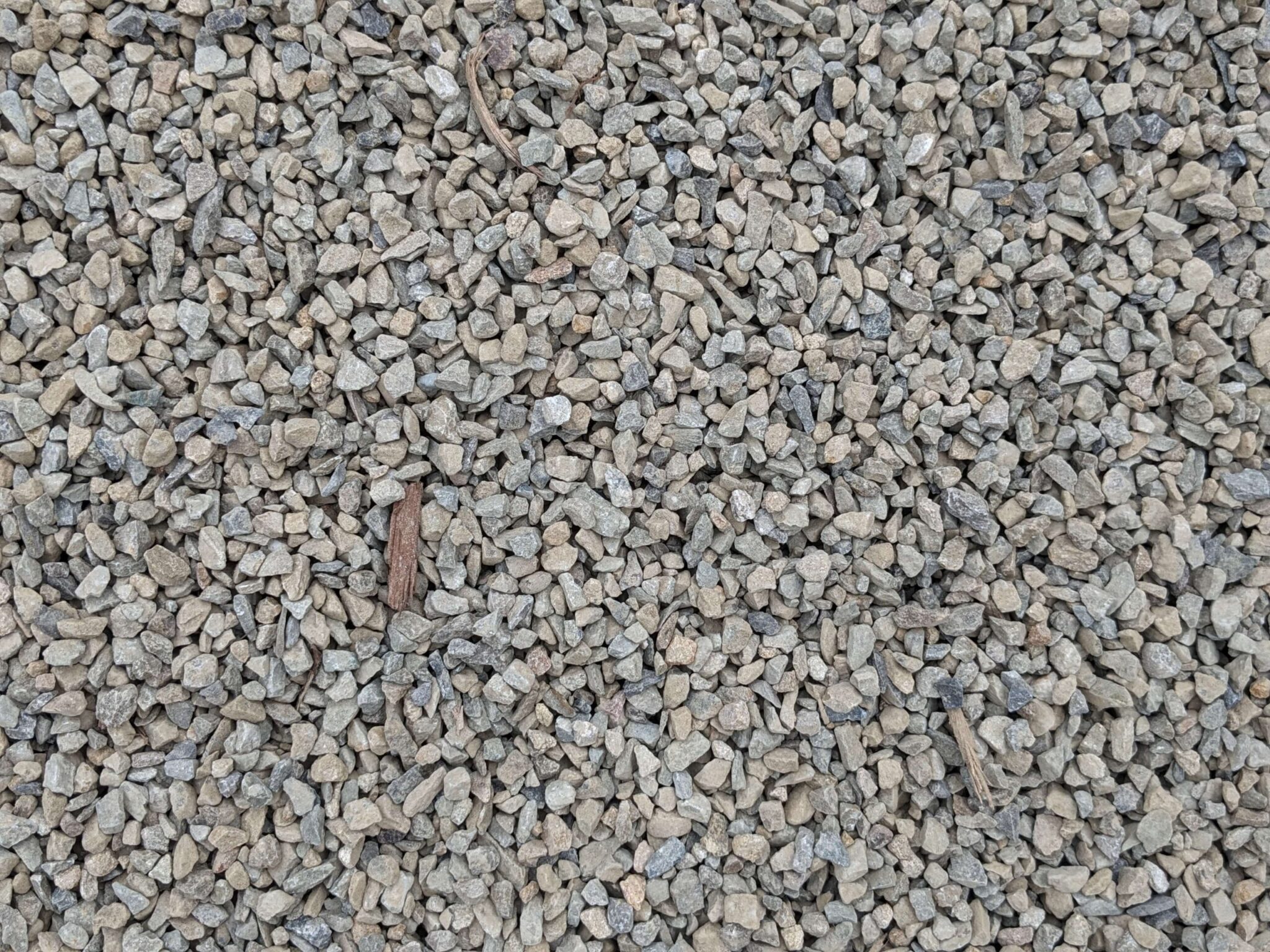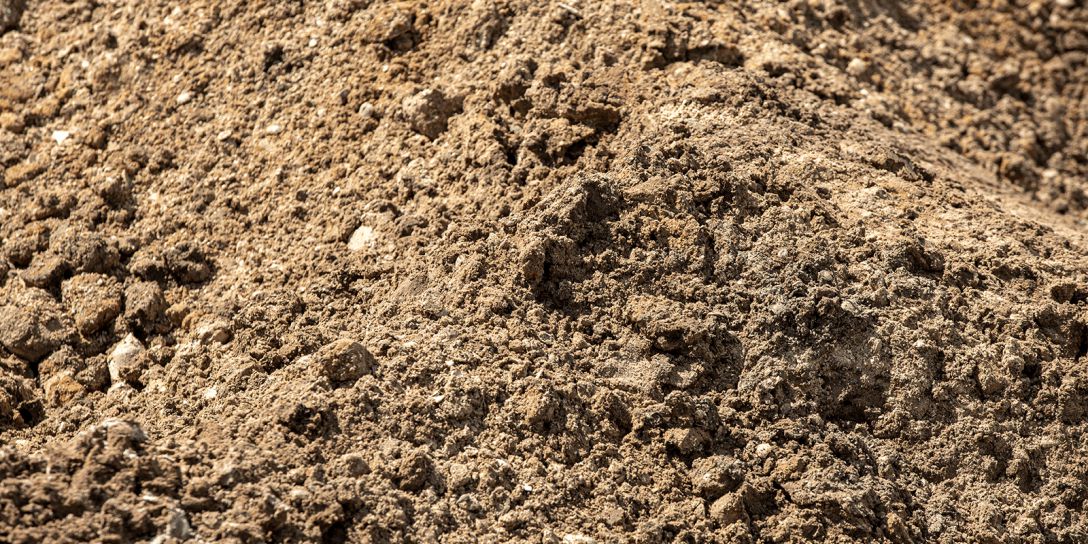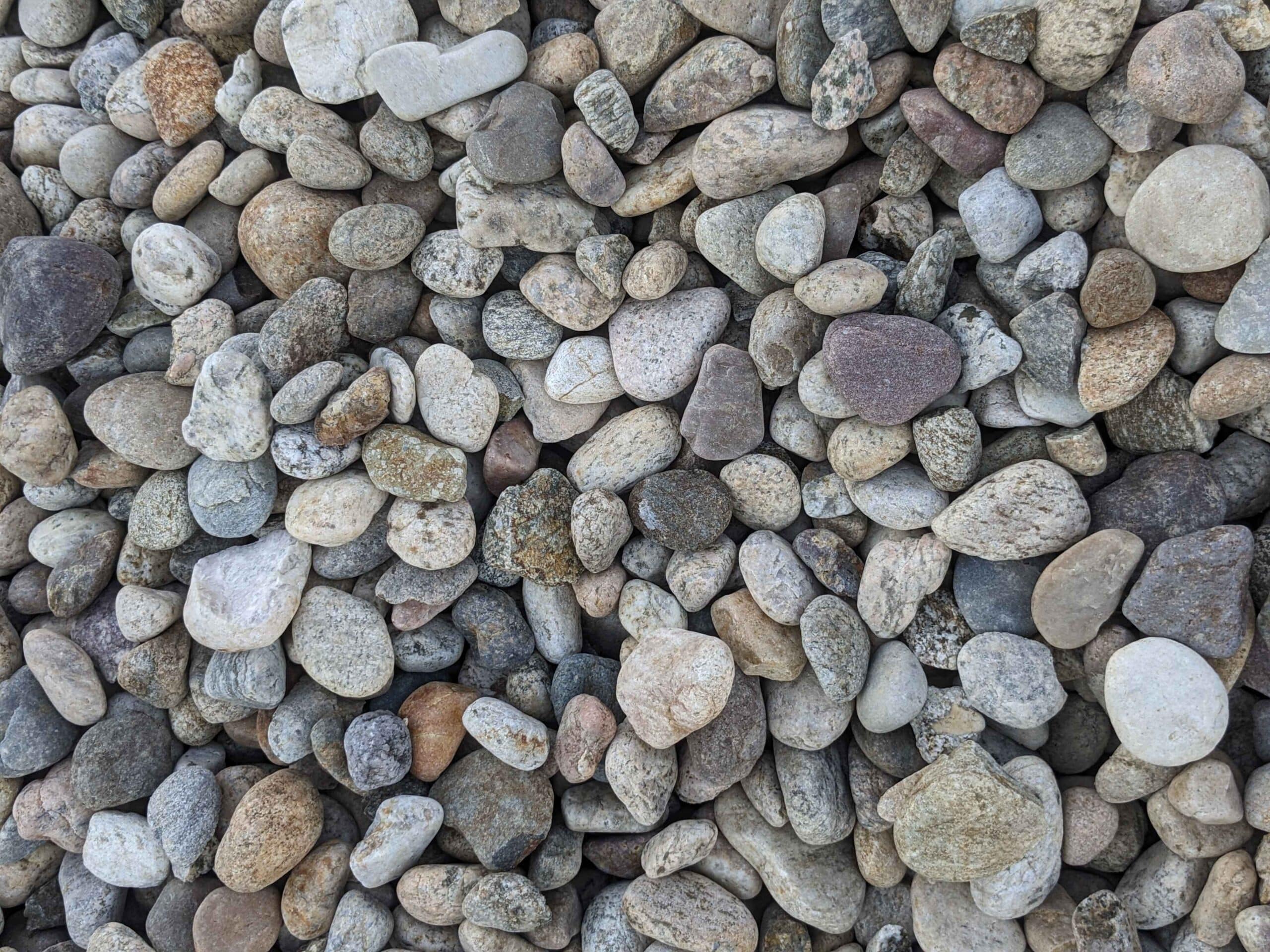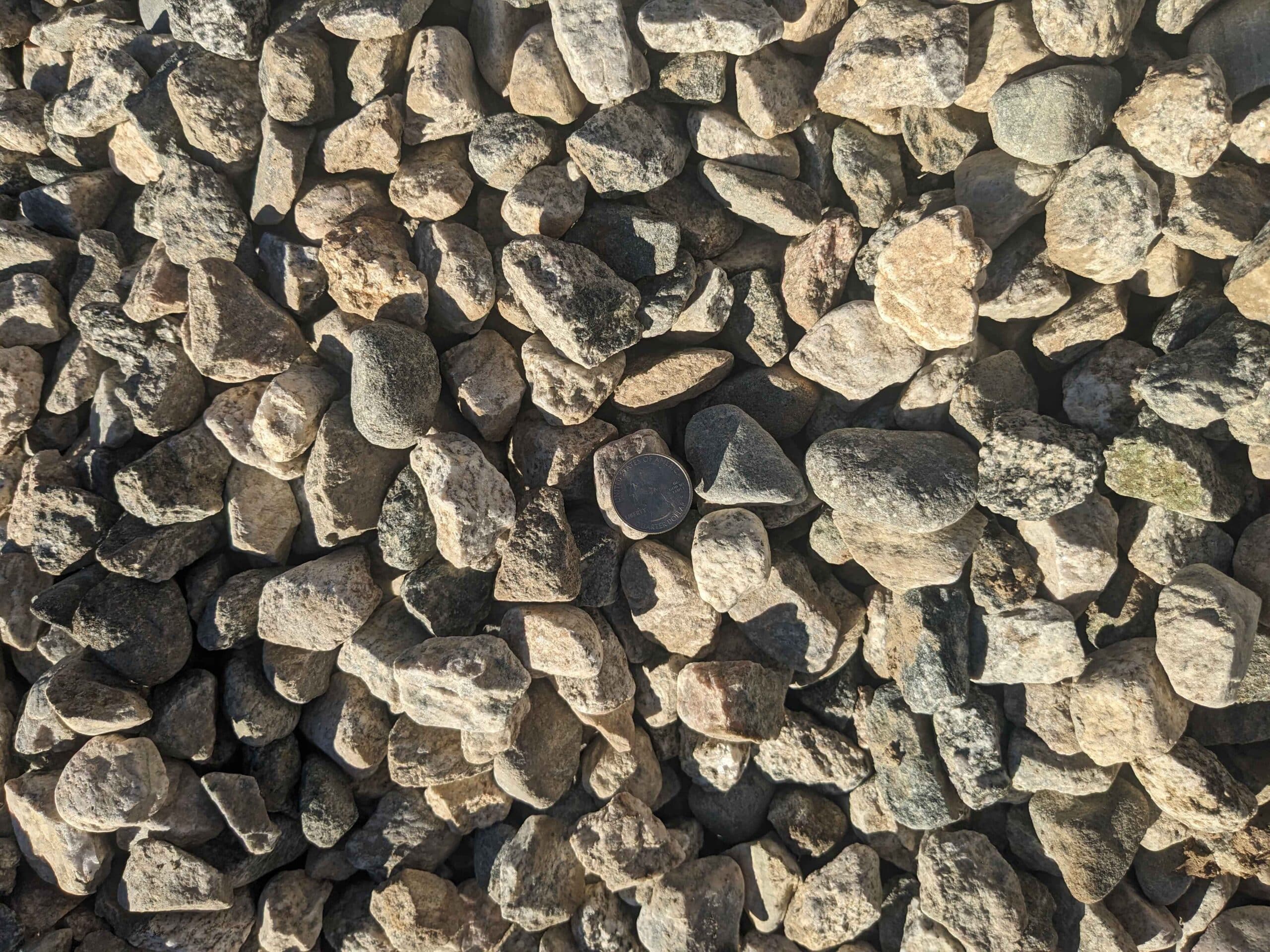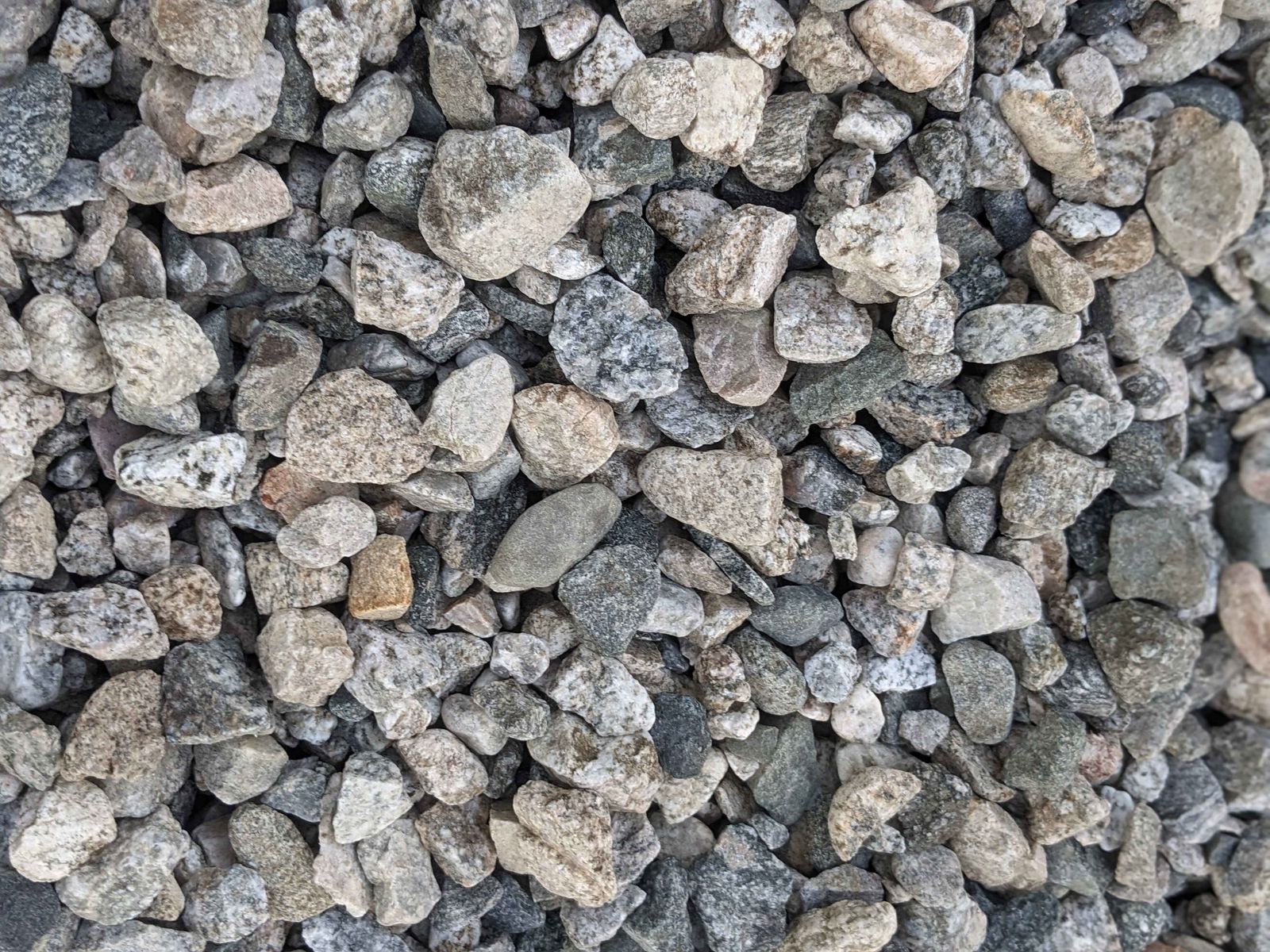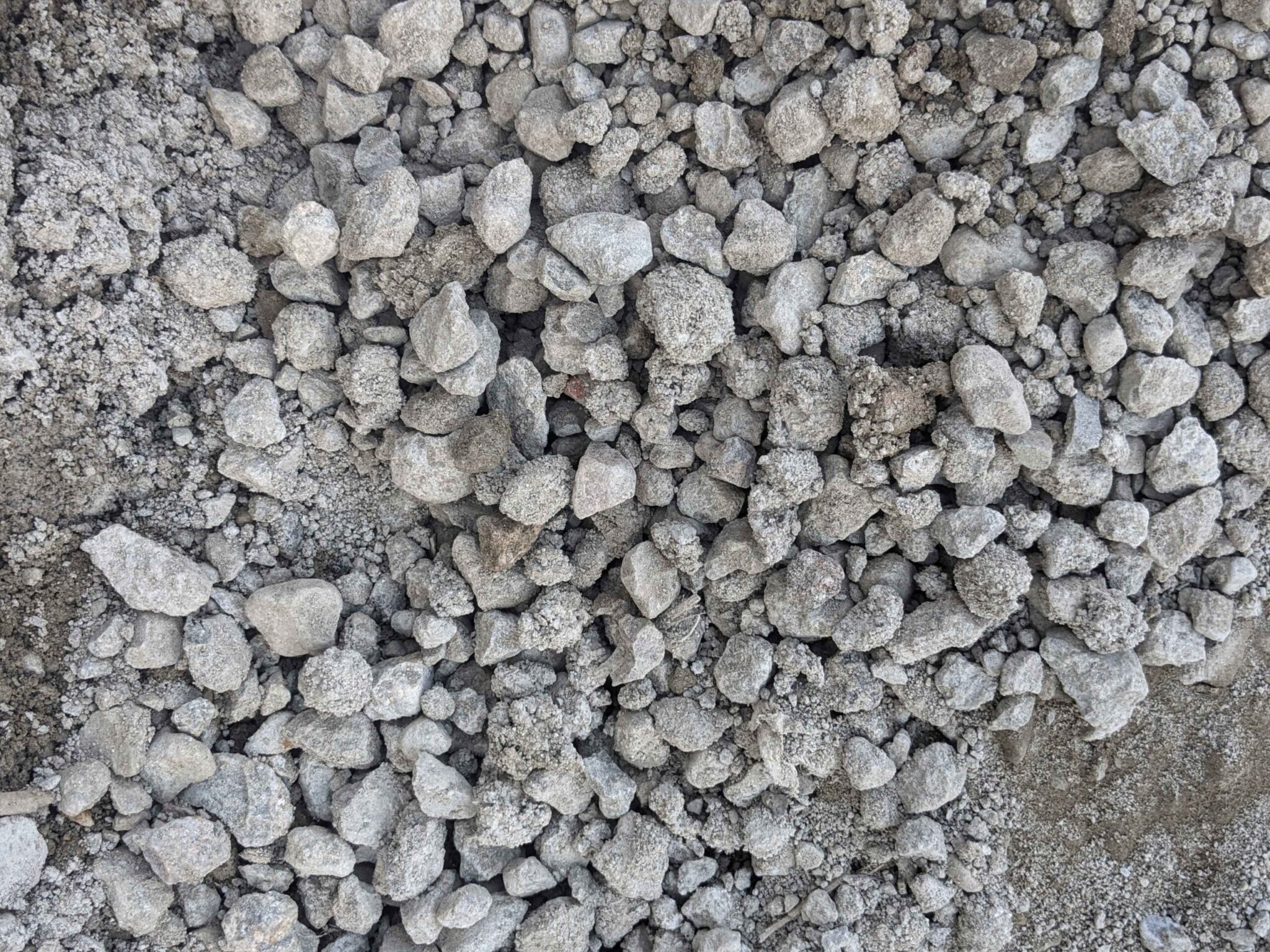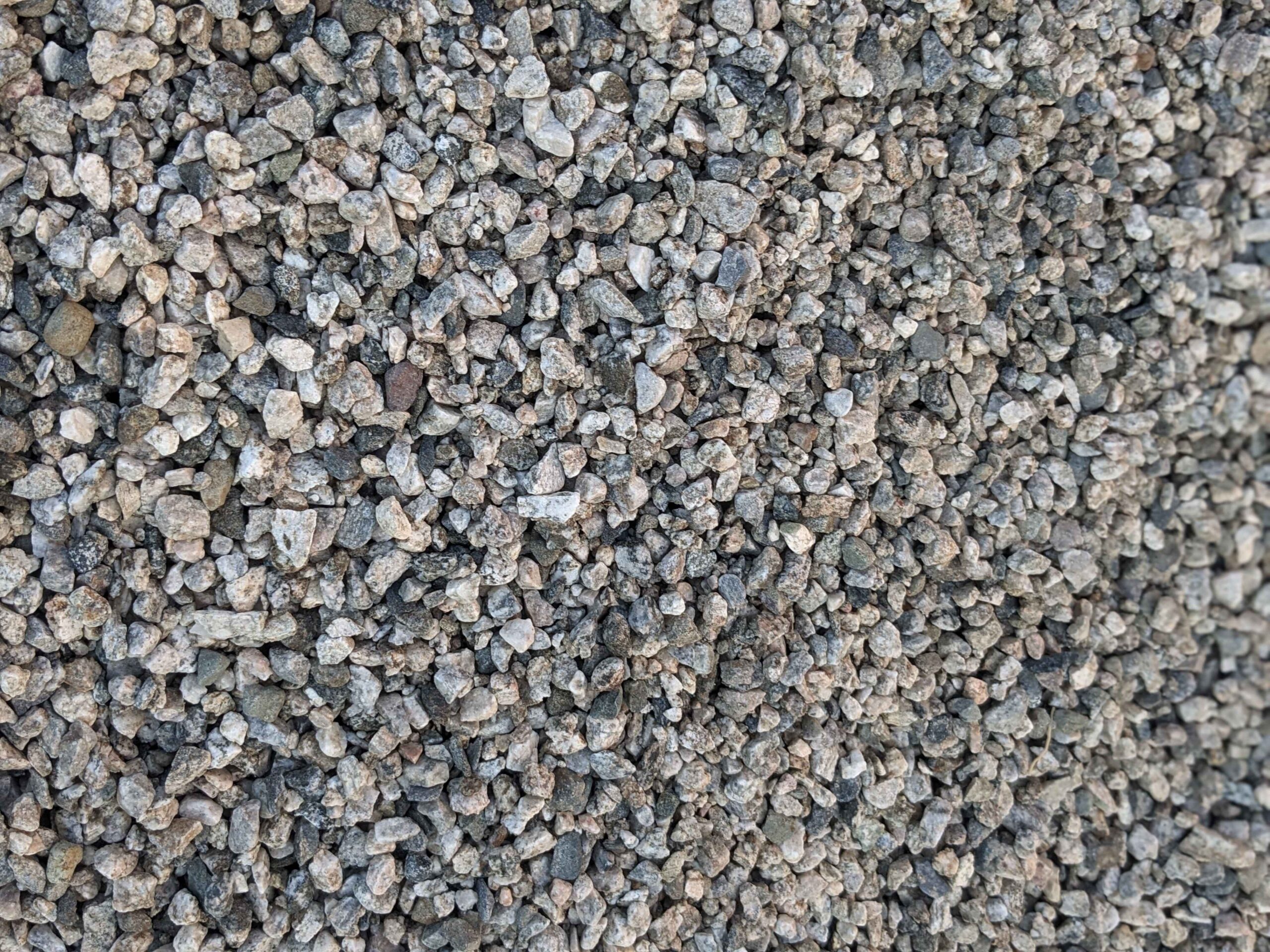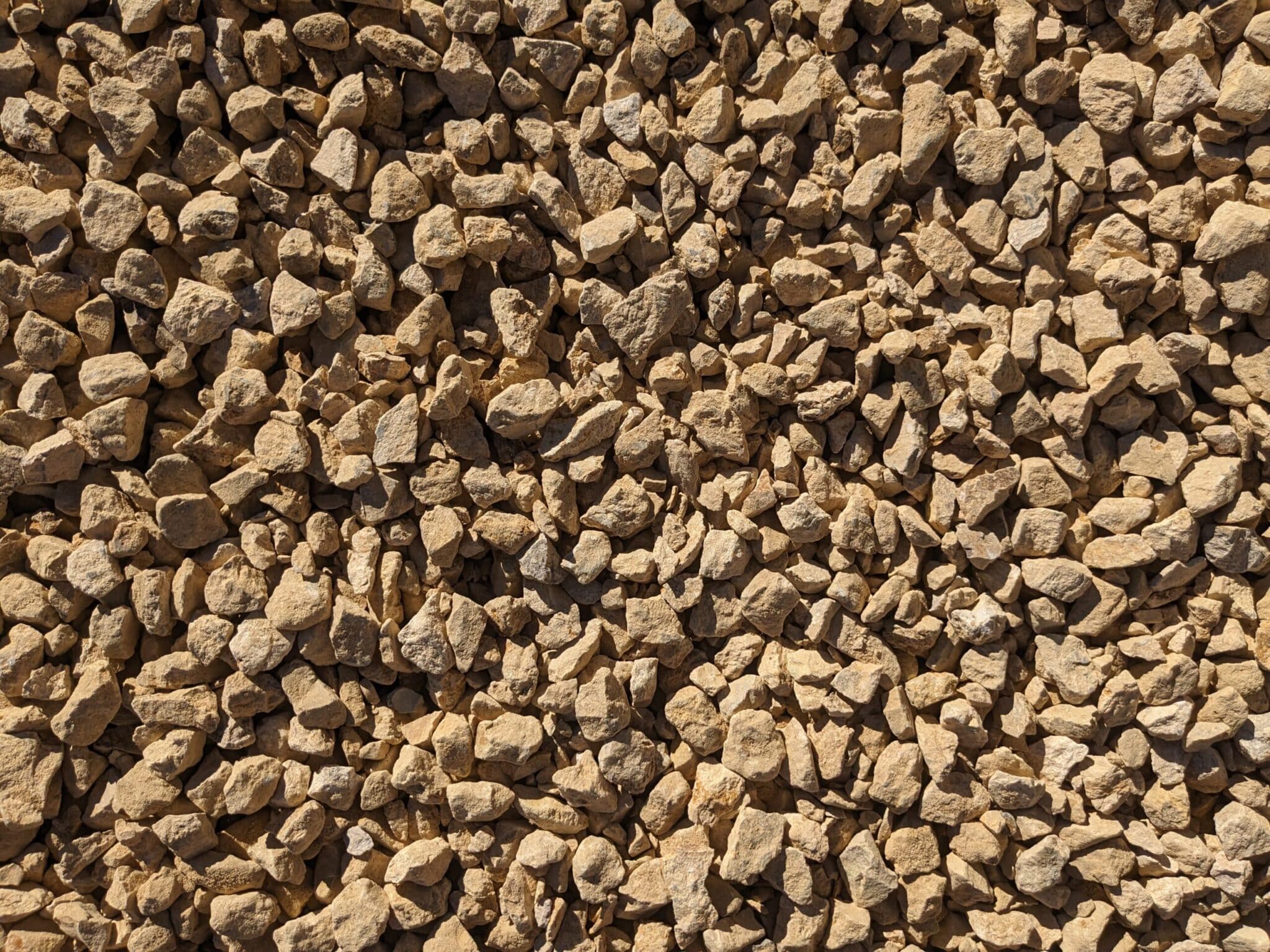This article compares and contrasts 610 limestone and dolomite, two commonly used rocks in various industries. We will explore their formation, composition, common uses, physical properties, chemical composition, durability, and longevity. Additionally, we will delve into their practical applications in construction and agriculture, as well as examine their environmental impact.
Understanding the Basics: What is 610 Limestone?
Limestone is a sedimentary rock that primarily consists of calcium carbonate. In the case of 610 limestone, it is categorized based on its particle size. 610 limestone, also known as “grade 610” or “road base,” typically has particles that range from 2 inches down to a fine dust.
Formation wise, 610 limestone is usually formed by the accumulation of marine debris and the subsequent cementation of these materials over millions of years. This gradual process results in a durable rock with unique characteristics.
Formation and Composition of 610 Limestone
The formation of 610 limestone begins in shallow marine environments. Over time, the accumulation of shells, coral, and other organic matter forms a sedimentary carbonate deposit. These sediments undergo compaction and cementation, transforming into solid rock.
Compositionally, 610 limestone is primarily made up of calcium carbonate (CaCO3) along with trace amounts of other minerals and impurities. Its distinct composition gives it exceptional strength and durability, making it highly suitable for various applications.
Common Uses of 610 Limestone
610 limestone finds extensive use in road construction, particularly in the base layers of roads and driveways. Its durable nature and strong load-bearing capacity provide a solid foundation for transportation infrastructure. Besides road building, it is often employed as a base material for patios, walkways, and foundation beds due to its stability and drainage properties.
Farmers also utilize 610 limestone as a soil amendment to adjust soil pH and replenish calcium levels. Its ability to neutralize acidity and enhance nutrient availability aids in proper crop growth and overall soil health.
Delving into Dolomite
Dolomite is another sedimentary rock that shares some similarities with limestone but possesses distinct characteristics. It is composed of calcium magnesium carbonate (CaMg(CO3)2) in varying proportions.
Similar to limestone, dolomite forms through the gradual accumulation and cementation of marine organisms and their debris. However, the presence of magnesium in its composition sets it apart.
Formation and Composition of Dolomite
Dolomite originates in shallow marine environments, where the accumulation of magnesium-rich organic matter occurs. Over time, this material undergoes chemical reactions and transforms into dolomite through a process known as diagenesis. The magnesium content in dolomite contributes to its unique properties.
Chemically, dolomite is a mixture of calcium carbonate (CaCO3) and magnesium carbonate (MgCO3) in varying proportions. Dolomite rocks with higher magnesium content are called magnesian dolomites. This composition affects its physical traits and potential applications.
Common Uses of Dolomite
Dolomite finds utility in a range of industries due to its versatility. In construction, it is used as crushed stone aggregates for road bases, concrete mixes, and asphalt manufacturing. Its hardness and durability make it an ideal candidate for these applications.
Agriculturally, dolomite serves as a soil conditioner by providing both calcium and magnesium, essential elements for plant growth. It helps neutralize soil acidity and replenish nutrient levels, ensuring healthy crops.
Comparing 610 Limestone and Dolomite
While both 610 limestone and dolomite serve similar functions in construction and agriculture, there are distinct differences between the two rocks.
Differences in Physical Properties
610 limestone typically exhibits a white to grayish hue, while dolomite can range from white to various shades of pink, gray, or green. Additionally, dolomite is slightly denser and harder than 610 limestone, which can impact their performance in different applications.
The variation in porosity and water absorption rates between the rocks also contributes to their different physical properties. These disparities need to be considered when selecting the appropriate material for specific projects.
Variations in Chemical Composition
One of the significant dissimilarities between 610 limestone and dolomite lies in their chemical composition. While both contain calcium carbonate, dolomite contains added magnesium carbonate. This variation affects their reactivity and alters their interaction with other substances.
Understanding the specific chemical makeup of each rock is crucial in determining its suitability for different purposes. The varying pH buffering capacities of 610 limestone and dolomite can influence their efficacy as soil amendments or construction materials.
Comparison of Durability and Longevity
Both 610 limestone and dolomite possess excellent durability, making them long-lasting options. However, dolomite’s higher magnesium content often results in increased resistance to weathering and chemical degradation.
Factors such as climate, exposure to chemicals, and intended use should be considered when deciding between the two rocks. Proper maintenance and periodic assessments can further enhance their longevity in various applications.
Practical Applications: When to Use Which?
Choosing between 610 limestone and dolomite largely depends on the specific project requirements and desired outcomes.
Choosing Between 610 Limestone and Dolomite for Construction
For road construction and base layers, 610 limestone is commonly preferred due to its excellent load-bearing capacity. Its stability and ability to withstand heavy traffic make it an ideal choice.
On the other hand, dolomite’s enhanced durability makes it suitable for high-traffic areas where additional strength is necessary. It is often utilized in large infrastructure projects, such as highways and airports.
Agricultural Uses: 610 Limestone vs Dolomite
Both 610 limestone and dolomite serve as effective soil amendments, aiding in pH adjustment and calcium replenishment. However, the choice between the two depends on existing soil properties and nutrient requirements of specific crops.
In cases where magnesium deficiency is notable, dolomite can be preferred to provide both calcium and magnesium, ensuring balanced nutrition for plants.
Environmental Impact of 610 Limestone and Dolomite
Considering the environmental implications of using 610 limestone and dolomite is essential for sustainable practices.
Sustainability Concerns
The extraction of both rocks can have certain environmental impacts, including habitat disturbance and potential release of dust and sediment into nearby ecosystems. However, responsible mining practices and appropriate mitigation measures can help minimize these effects.
It is crucial for mining companies and industry stakeholders to prioritize sustainable extraction methods, land reclamation, and ongoing environmental monitoring to mitigate any adverse effects.
Impact on Soil and Water Quality
The use of 610 limestone and dolomite as soil amendments can affect soil pH and nutrient availability, influencing overall soil health and subsequent water quality. Proper application rates and adherence to recommended guidelines are important to prevent overuse and potential runoff into water bodies.
Regulatory bodies and agricultural organizations play key roles in educating farmers and promoting responsible practices to minimize the risk of negative impacts on soil and water resources.
Overall, both 610 limestone and dolomite are valuable resources with unique properties and applications. By understanding their characteristics, composition, and appropriate usage scenarios, individuals and industries can make informed decisions that balance functionality with environmental considerations.


